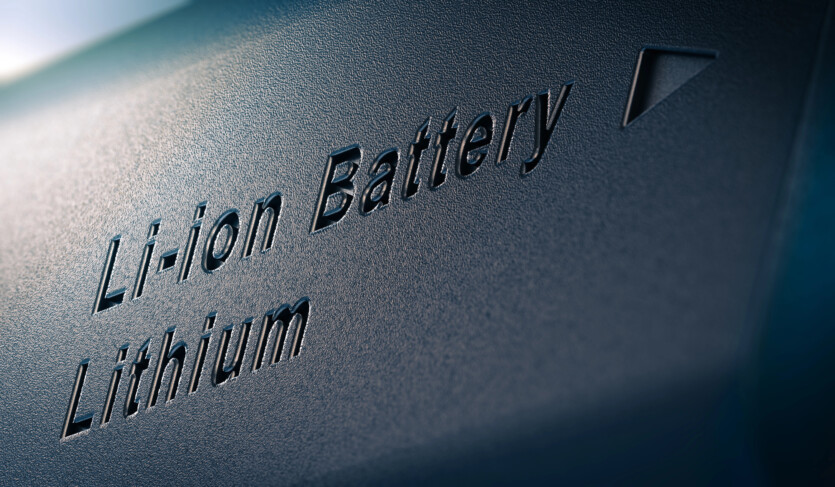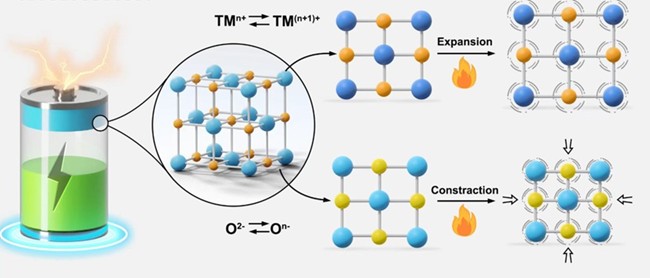
Scientists from the Ningbo Institute of the Chinese Academy of Sciences, together with researchers from the University of Chicago, have developed materials with zero thermal expansion.
This made it possible to achieve almost 100% voltage recovery in aging Li-Ion batteries. Batteries with cathodes based on layered oxides with a high lithium content are capable of delivering a capacity of more than 300 mAh/g due to oxygen-oxidation reductive chemical reactions. However, these chemical reactions, which increase the energy density by 30%, eventually lead to distortion of the crystal grid and voltage drop, which accelerates battery aging.
The researchers found negative thermal expansion in layered cathode oxides with a high lithium content, which shrink when heated at temperatures between 150-250 °C. This does not meet the usual expectations from the point of view of thermodynamics. However, scientists explain this as a result of thermally driven transitions from a chaotic to an ordered structure in the cathode under the influence of temperature. Scientists have learned to manage this process.

«By fine-tuning, the coefficient of thermal expansion can be controlled and switched from positive to zero or negative», — explains the lead author of the study Qiu Bao.
The developers were the first in the world to create a reliable cathode structure with zero thermal expansion At a voltage of 4.0 V, the lattice was restructured and the material returned to an ordered state, and the voltage was restored by almost 100%.
According to scientists, the results of the study open up the prospect of creating «smart» charging systems that can restore batteries right in the process of use, doubling their service life. This way, old batteries and even electric vehicles can be given a second life.
This achievement opens up new horizons in materials engineering. The research also sheds light on the design of self-healing functions high-performance devices.
Like toothpaste: the world’s first soft battery made of liquid electrodes has been created in Sweden
The results of the study are published in the journal Nature
Source: Ningbo Institute of Materials Technology and Engineering

Spelling error report
The following text will be sent to our editors: